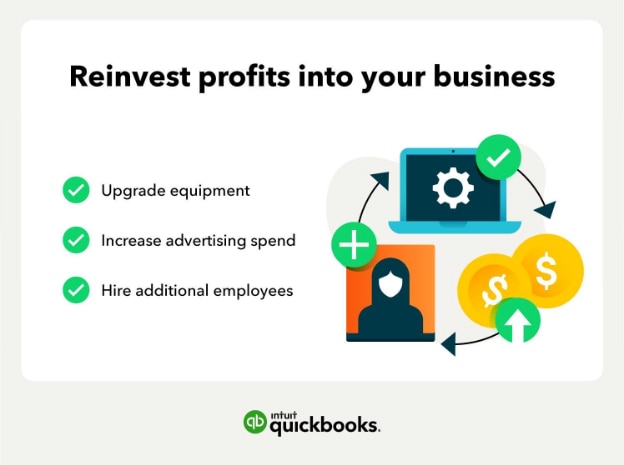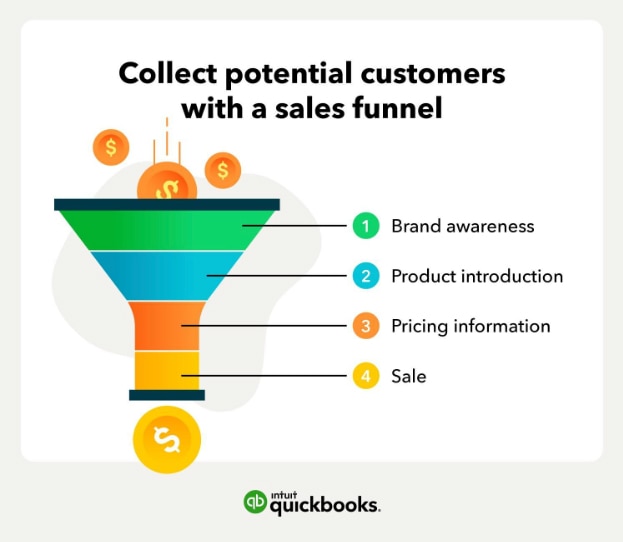Ready to grow your business? Growing a business beyond the capabilities of one individual can seem impossible, and more than 70% of small businesses consist of a single employee: the business owner.
Growth requires new skills, more work, more customers, and potentially other employees or partners. At QuickBooks, we recognise how exciting and stressful business growth can be. We spoke to some small business owners to ask for their advice about ways to grow your business.
The community had several helpful tips around managing your time and money, as well as tips for collaborating and finding a healthy work-life balance.
Table of Contents
- Develop positive work habits
- Document business processes now
- Reinvest profits into your business
- Perform competitor research
- Market your business better
- Eliminate anything that isn’t working
- Collect potential customers with a sales funnel
- Focus on customer retention
- Stay in contact with an email list
- Hire employees
- Increase revenue with upselling and cross-selling


















